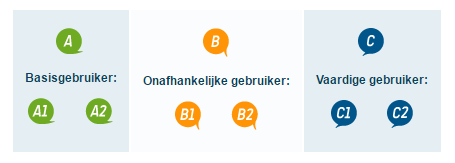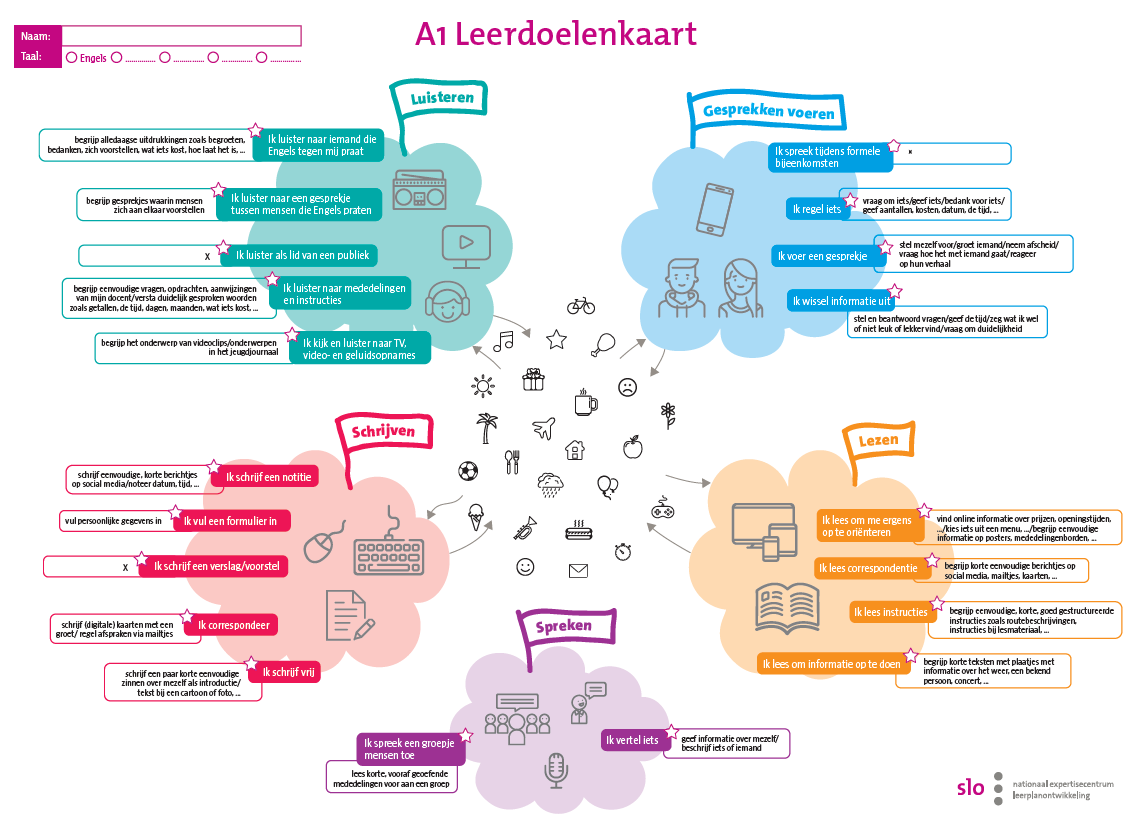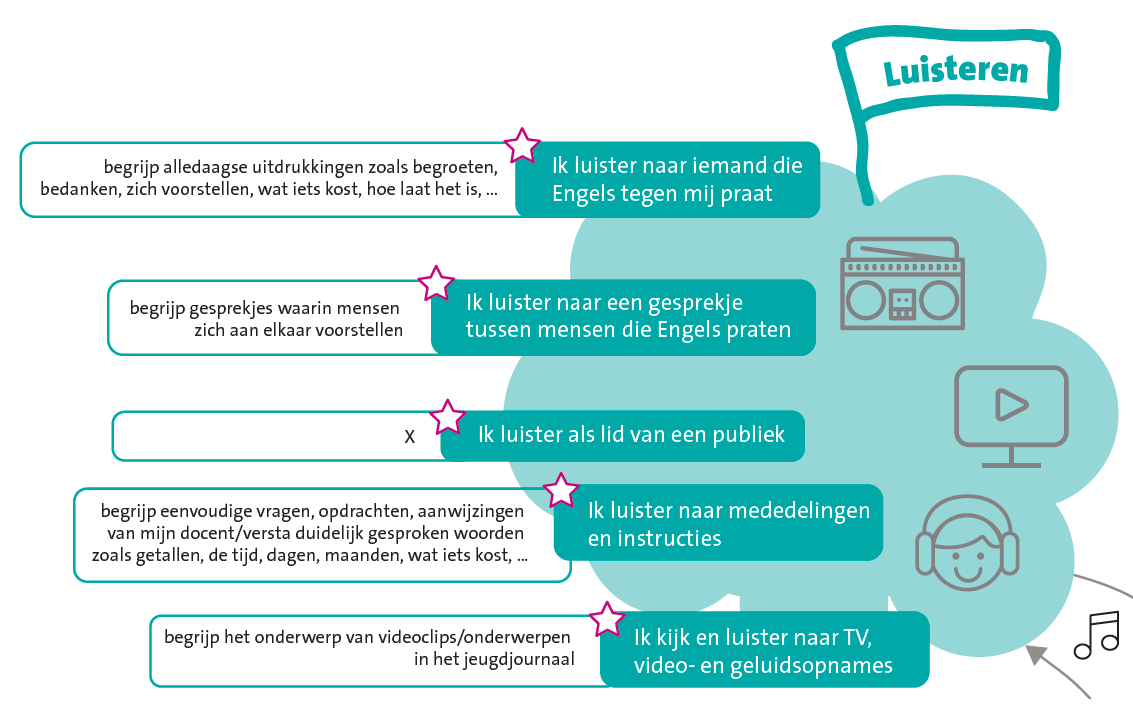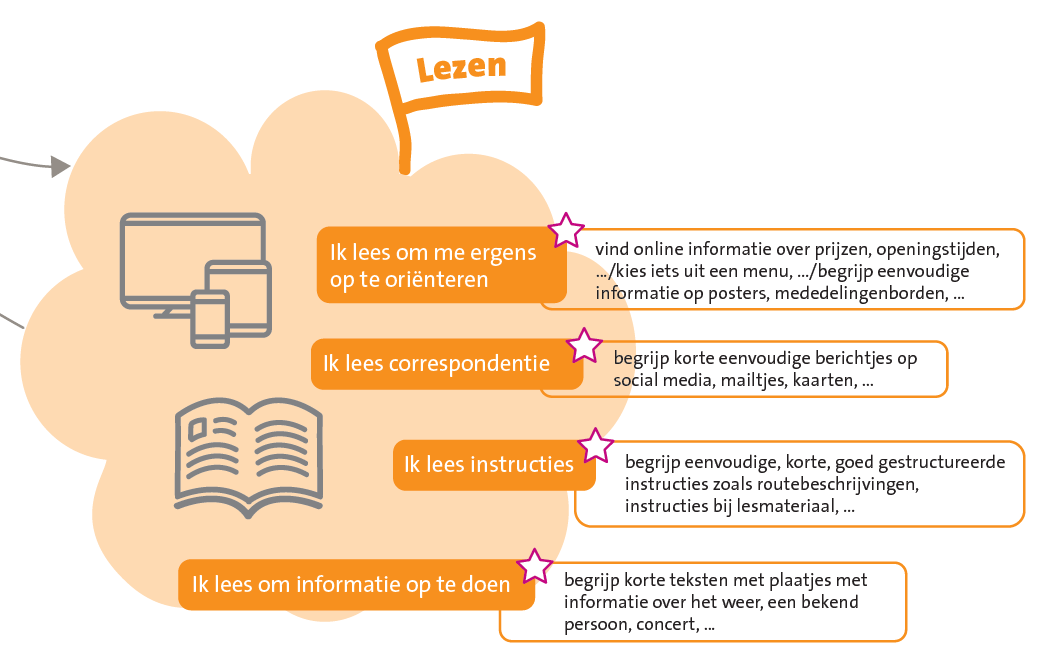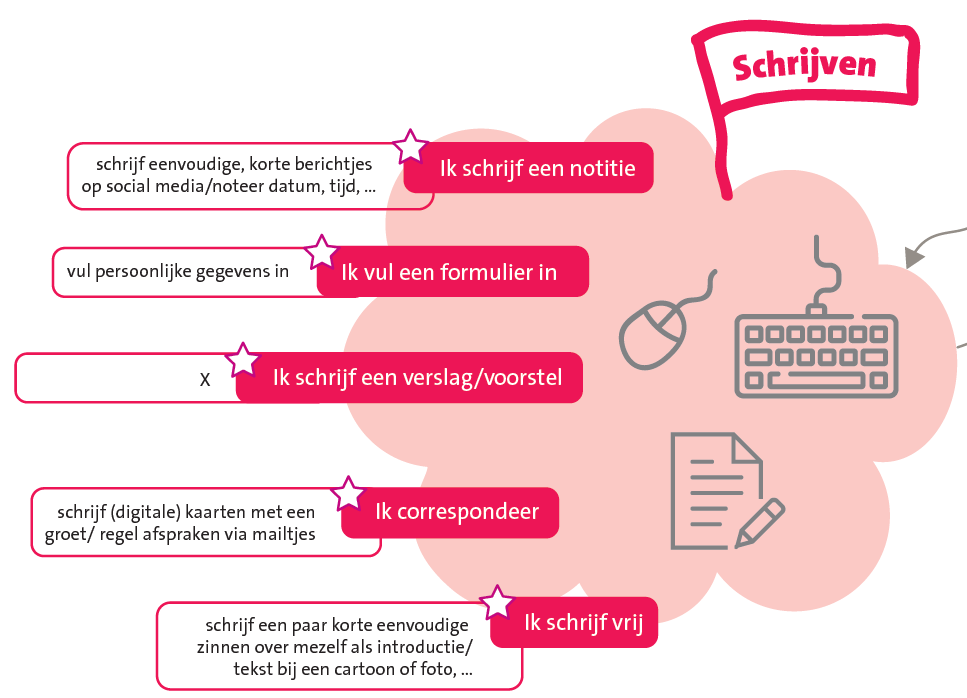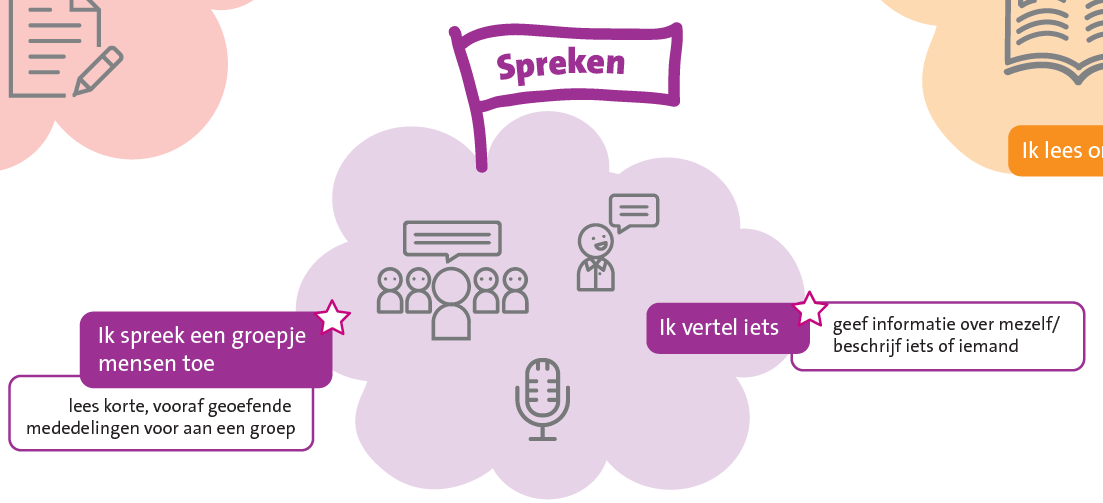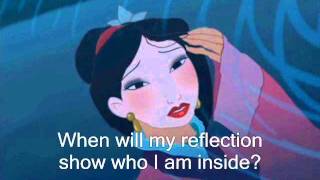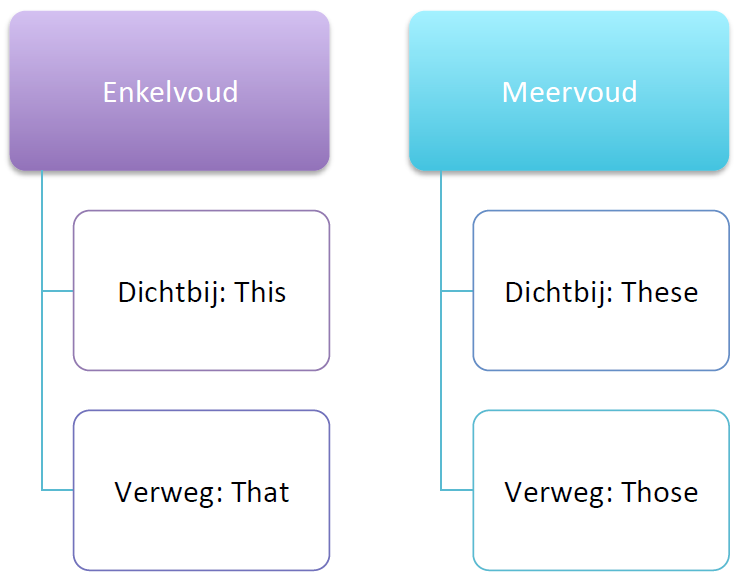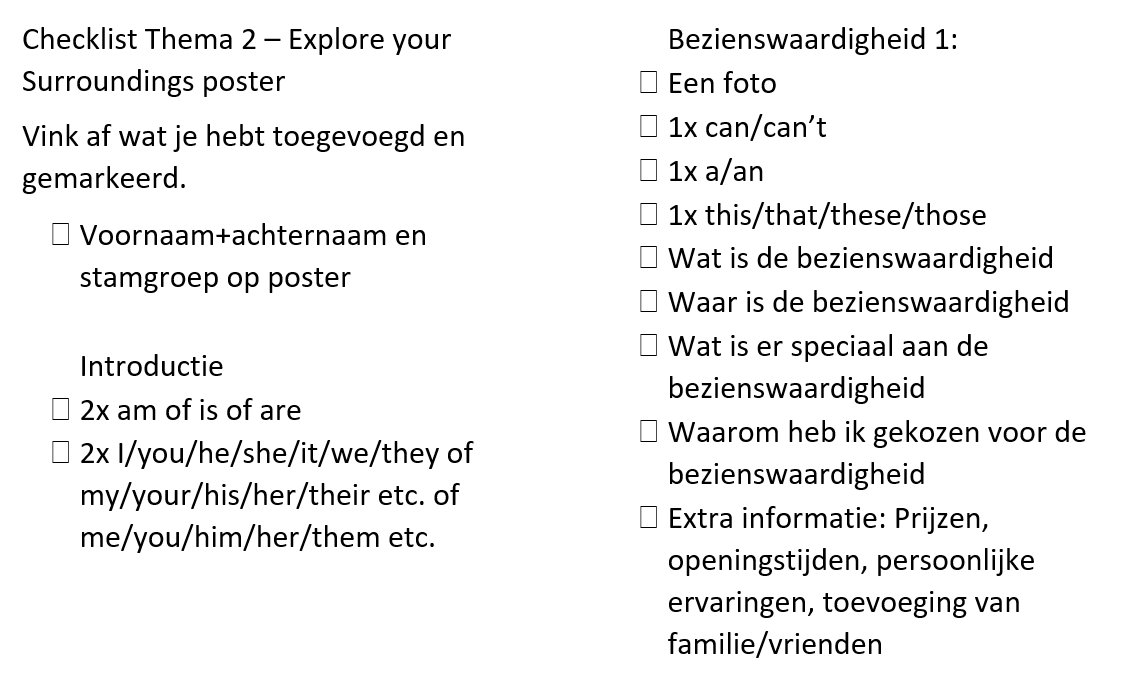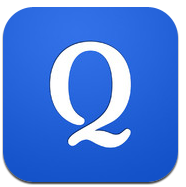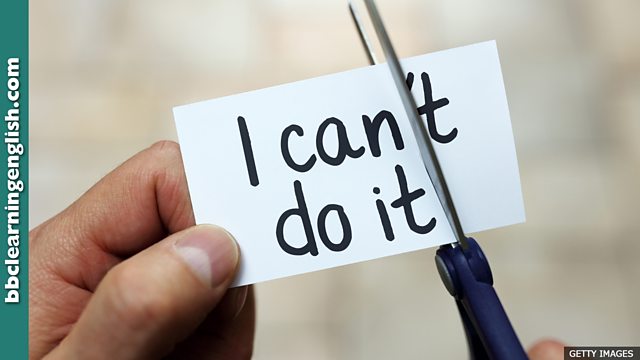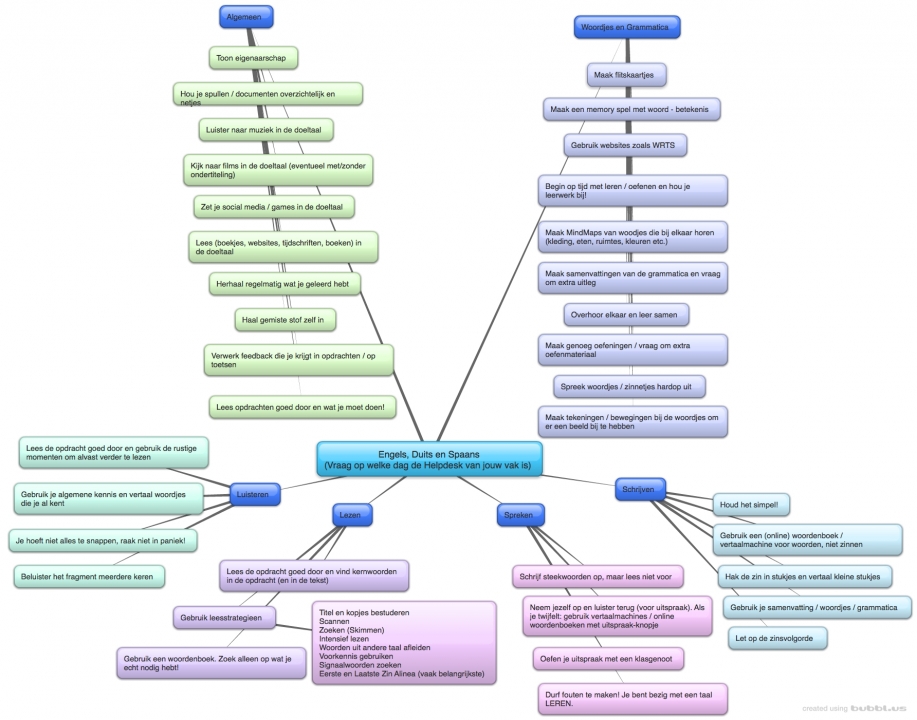Het arrangement Thema 2 Ontdek je Omgeving is gemaakt met Wikiwijs van Kennisnet. Wikiwijs is hét onderwijsplatform waar je leermiddelen zoekt, maakt en deelt.
- Auteur
- Laatst gewijzigd
- 2022-06-08 10:20:53
- Licentie
-
Dit lesmateriaal is gepubliceerd onder de Creative Commons Naamsvermelding 3.0 Nederlands licentie. Dit houdt in dat je onder de voorwaarde van naamsvermelding vrij bent om:
- het werk te delen - te kopiëren, te verspreiden en door te geven via elk medium of bestandsformaat
- het werk te bewerken - te remixen, te veranderen en afgeleide werken te maken
- voor alle doeleinden, inclusief commerciële doeleinden.
Meer informatie over de CC Naamsvermelding 3.0 Nederland licentie.
Aanvullende informatie over dit lesmateriaal
Van dit lesmateriaal is de volgende aanvullende informatie beschikbaar:
- Eindgebruiker
- leerling/student
- Moeilijkheidsgraad
- gemiddeld
Bronnen
| Bron | Type |
|---|---|
|
Persoonlijke en bezittelijke voornaamwoorden https://www.youtube.com/watch?v=S9CohoyDpZs&t=17s&ab_channel=EngelsGemist |
Video |
|
To be or not to be https://www.youtube.com/watch?v=dqRjPv1h_5I&ab_channel=EngelsGemist |
Video |
|
Vragen stellen https://www.youtube.com/watch?v=pAljDdtD2Jg&ab_channel=EngelsGemist |
Video |
|
Can/could https://www.youtube.com/watch?v=Yq_7EfiiPzM&ab_channel=EngelsGemist |
Video |
|
Lidwoorden https://www.youtube.com/watch?v=SA1yBVbWNDg&ab_channel=EngelsGemist |
Video |
|
This That These Those https://www.youtube.com/watch?v=YgqJl1bOe-w&ab_channel=EngelsGemist |
Video |
|
Numbers https://www.youtube.com/watch?v=OSi1c0HlEm8&ab_channel=allesvoorengels |
Video |
|
Woordvolgorde https://www.youtube.com/watch?v=ZpzG6JI7-XM&ab_channel=EngelsGemist |
Video |
Gebruikte Wikiwijs Arrangementen
Sectie Engels. (z.d.).
Thema 2: Homo Universalis


